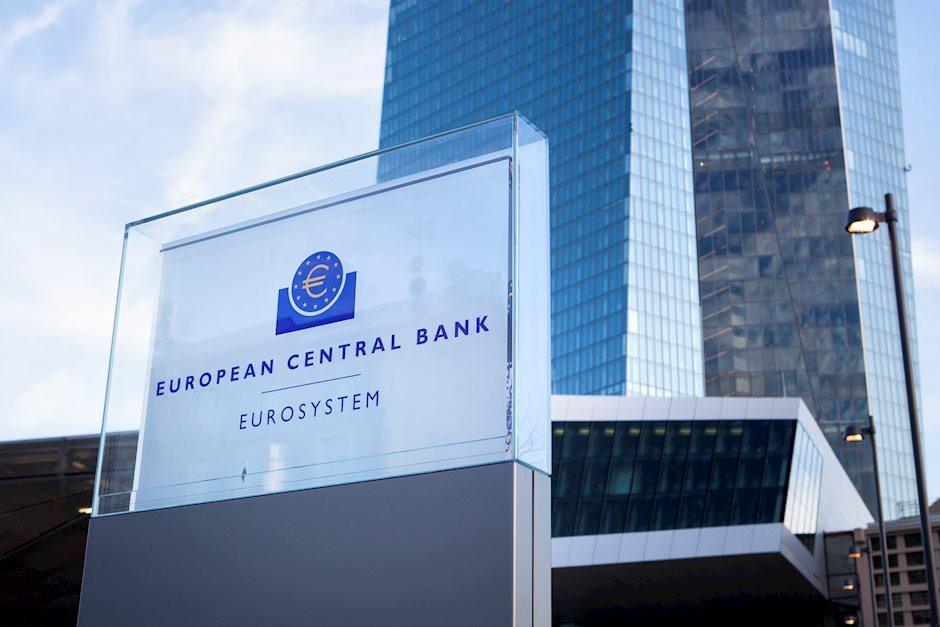ECB Preview: More pain for the euro as doves may strike back amid Ukraine crisis, stagflation risks
- The ECB to keep monetary policy settings unchanged but could move back to a dovish pivot.
- The Russia-Ukraine war has put President Lagarde in a tricky spot amid looming stagflation.
- EUR/USD is positioned for another leg lower, as ECB is set to disappoint the hawks.

The European Central Bank’s (ECB) outlook towards monetary policy normalization has taken a 180-degree turn since its shift to a hawkish pivot at the February meeting, Russia’s invasion of Ukraine is to be blamed for putting ECB President Christine Lagarde in a tricky position, as she looks to find a balance between combating raging inflation and slowing economic growth.
ECB to step back from hawkish pivot
The ECB is widely expected to keep its monetary policy settings unchanged at its March meeting, which coincides during the time of the fateful Russia-Ukraine war. The pandemic emergency purchase programme (PEPP) is set to end this month and, therefore, the focus will shift towards the central bank’s regular asset purchase programme (APP).
The war situation in Eastern Europe has made it a tough task for the ECB to proceed with its normalization plans. President Lagarde had mentioned in February that economic forecasts in the March meeting could determine the tightening plans this year. Given the war, markets are likely to pay little attention to the staff’s inflation and growth projections.
The Ukraine crisis, however, has sent oil and gas prices through the roof, in the face of Western sanctions on Russia. This has complicated the ECB’s job, as energy prices have pushed eurozone inflation to a record high of 5.8%, which is only likely to go sky-high on the Russian cog.
On the other side, the Eurozone’s economy expanded modestly by 0.5% in the final quarter of 2021, as the bloc shrugged off the effect of the Omicron covid variant. But the economic picture appears rather bleak for the upcoming quarters, courtesy of the war.
In light of this, the ECB may step back from its hawkish pivot and adopt a wait-and-see mode, refraining from committing any timeline on interest rate hikes and end date for the APP programme.
Such a stance could be read as dovish, as markets have already started pushing back the odds of the first post-pandemic ECB rate hike to early 2023 vs. the earlier expectations of a December lift-off.
Meanwhile, the US Federal Reserve (Fed) is on track to raise the key rates by 25 basis points at its March 15-16 meeting. A potential dovish ECB outcome will accentuate the policy divergence between the US and old continent, exacerbating the pain for the euro.
Trading EUR/USD with the ECB
Risk sentiment will continue to remain the dominant driver amid the Russia-Ukraine conflict, leading up to the ECB showdown this Thursday.
EUR/USD is on a gradual recovery from 1.0806, the lowest level reached since May 2020. The main currency pair remains vulnerable, despite the rebound.
Even a neutral stance from the ECB, while acknowledging high uncertainties due to the war, is likely to throw the hawks out of the window.
In such a case, the pair could likely retest the multi-month lows near 1.0800, below which the downside could open up towards the May 2020 low of 1.0766. Alternatively, any upside attempts are likely to face stiff resistance near the 1.1000 round level.
Premium
You have reached your limit of 3 free articles for this month.
Start your subscription and get access to all our original articles.
Author

Dhwani Mehta
FXStreet
Residing in Mumbai (India), Dhwani is a Senior Analyst and Manager of the Asian session at FXStreet. She has over 10 years of experience in analyzing and covering the global financial markets, with specialization in Forex and commodities markets.

















